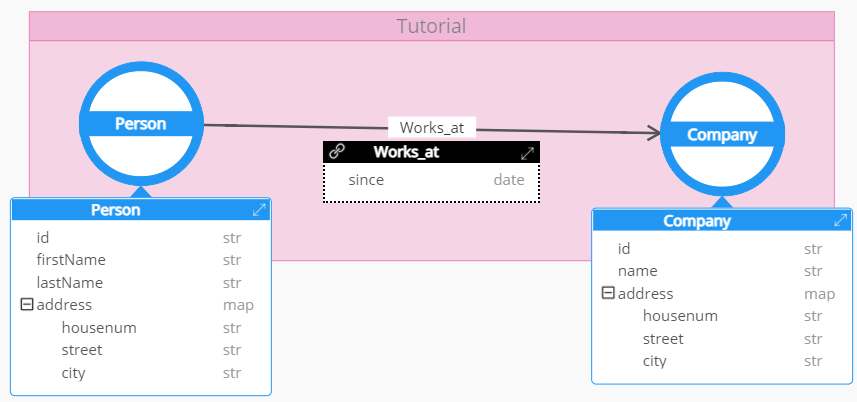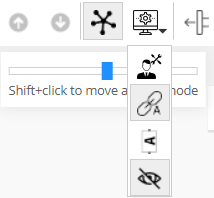Create model for graph databases
In the previous tutorial, we reviewed how to generate documentation and pictures for your data model. By the end of this tutorial, you will master the creation of data models for property graph databases.
You may also view this tutorial on YouTube. Summary slides can be found here.
Note: this tutorial is specific to property graph databases such as Neo4j, Cosmos DB with Gremlin API, JanusGraph, Neptune with Gremlin API, Tinkerpop, etc.
Property graph databases are a special family of NoSQL databases, with a unique ability to reveal relationships in data that users did not necessarily knew existed. This is as opposed to so-called "relational" databases, which merely enforce referential integrity for foreign keys representing pre-defined relationships between normalized entities.
The sweet spot for graph databases covers use cases such as fraud detection, recommendation engines, friends of friends, etc. Terminology is also different than more traditional databases, where an entity is called a vertex (plural: vertices) or node, and a relationship is often called an edge. Not only vertices have attributes, but edges can have attributes as well. Finally, graph data is generally represented with circles and arcs between them.
Still on terminology, an entity (of a data model) representing a node is called a "node label" or "vertex label", whereas the representation in a data model of edges is called an "edge label" or a "relationship type".
Data modeling for graph databases must of course follow similar principles. This is why we introduced a special Graph Diagram in plugins for property graph database targets:

While the above is a much more user-friendly view of a graph data model, we nevertheless keep an Entity-Relationship view. Note that the ERD is adapted to accommodate attributes (aka properties) for relationships:

The creation of data model for graph databases using this ERD is similar to what was covered in previous tutorials.
Graph diagram
Let's see with an example how to create a data model for a property graph database. You first create a new model, having chosen a graph database such as Neo4j. You create a container for the database, then right-click in it and choose Add Node Label.

A shape will be added to the diagram, to which you can assign a name, for example Person:

The different controls appearing inside the circle when you hover over the shape are described in details in this page.
You can follow the same process to create a second node label, or you can click on the control to add an edge label (top right control in the circle) then click elsewhere in the container, which will add both an additional node label, plus the edge label between the 2. After naming the different objects, you get something like this:

It is now time to create some properties to the node labels and edge label:

You should note a couple of toolbar buttons to control the layout:
- the toggle of force-directed layout with its cursor to control the distance between node labels
- the display options controlling the orientation of the edge label names, as well as whether attribute boxes should appear or not

Note also that you may pin individual node labels so as to anchor the force-directed layout. You can also display attribute boxes individually.
Many more controls are described in this page to help you with a powerful and flexible data modeling of your graph databases.
The ability of the application to forward-engineer schemas depends on the capabilities of the target technology. For example JanusGraph is based on schema declaration. In the case of others, we do "forward-engineering by example" and apply data to the database instance.
In this tutorial, we reviewed how to create data models for property graph databases. In the next tutorial, we will cover how to create a model for REST APIs using Swagger or OpenAPI specification.